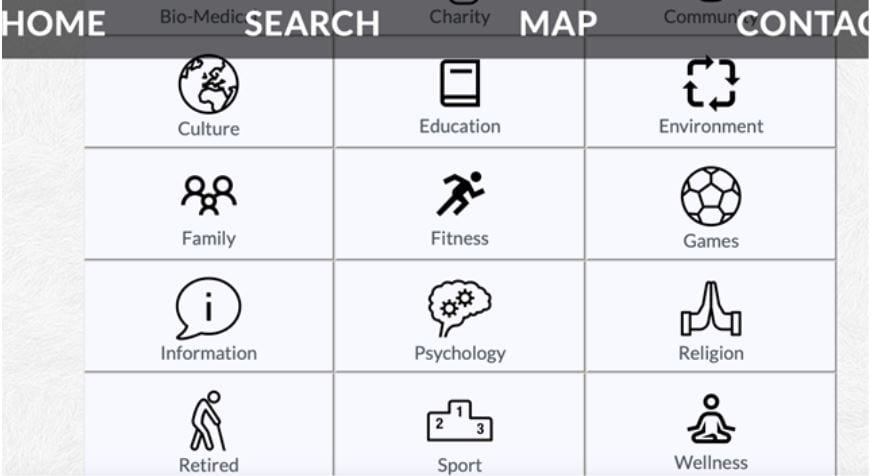“Not working? I would die…!”: on Peruvian migrants and their prospects on an acceptable retirement in Chile
By Alfonso Otaegui, on 30 January 2020
The pension system in Chile (Administradoras de Fondos de Pensiones, or AFP) is a capitalisation system run by private sector pension funds. Workers have to contribute a fixed percentage of their salary towards a fund that is used by a private AFP, which invests it and makes it grow (depending on the risks the worker is willing to take). Once the worker retires, this amount of money – which varies based on the worker’s contributions – is used to provide him or her with a very low salary. This system has been severely criticised, especially in the last few years, and its reform has been one of the main demands in the ongoing protests in Chile.
I interviewed retired Chilean older adults who agree that the pension they receive is insufficient for proper living. Some of them continue working part-time –or even full-time– after retirement. There are some retirees however, who do not have the opportunity to do this due to age-related frailties, or a lack of job offers. All of these Chilean retirees, whether still working or not, claimed to have always been “very organised” when it comes to managing their money (especially the ones who are no longer working). By ‘being organised’, they mean that they have either been putting money aside their whole working life or, more likely, that they bought an apartment or a house whose mortgage they were able to pay in full before retirement. The result of this cautious strategy is the same: once retired they do not have to pay rent; therefore, they are more likely to survive on their pensions.
This long-term strategy is actually feasible for those who have had a stable job for over 30 years, but what happens to migrants who might have been living in Chile for a long time, albeit not for enough time to have built up a savings pot? Even though these migrants have been working continuously, it is not unusual for them to change jobs during the first years in their new country, until they find one that suits their education and expectations.
During my fieldwork in Santiago, I met and talked to middle and upper middle class Peruvian migrants – workers who settled in Chile in the late 1980s and early 1990s. Although they have been living in the country for over 20 or 30 years and working continuously, they would not be able to live off their pensions and maintain the quality of life they have got used to.
In addition, some of them, during those long years of work, had not saved money for the long-term or bought an apartment, investing all their money into their children instead. Francisco, a 57 year old janitor, has been sending all his extra money to his children in Peru to pay for their studies. Martín, a 59 year old entrepreneur, invested all his money in the top educational institutions for his children here in Chile. Neither of them has an apartment of their own – they still rent. At the same time, neither of these two men regret their decisions: their family was a priority over their own future.
What struck me the most, however, is that when asked about their pensions, my informants answered that they were aware they wouldn’t receive an amount that they could realistically live on, something that did not come as a surprise to them. In a way, they already knew that long ago, when they moved to this country in their late thirties, without enough time ahead to build up a good retirement fund. Furthermore, their response went beyond the material aspect of retirement, revealing their attitude towards life. Almost none of the Peruvian migrants in this age range with whom I discussed this matter could picture themselves as retired. “Not working? I would die..!” replied assertively Ismael, a 65 year old engineer. This is almost the same response I got from Estela, a 65 year old nanny, who recently retired but still works three 8-10 hour shifts a week.
What does this almost stoic acknowledgement of the inability to retire tell us about these migrants’ perspective on life? My colleague Marilia Duque, who conducted fieldwork in a suburb in São Paulo, observed that for the people she spoke to, death was not a big issue. Rather, those older adults rather feared the loss of autonomy in later years: dependence was the new death. “Do nothing? I would go mad…!”, said another Peruvian migrant. This common trope hints at something deeper than merely not being able to afford a good retirement. It tells us that for these Peruvian hardworking migrants, inaction is the new death.
 Close
Close






